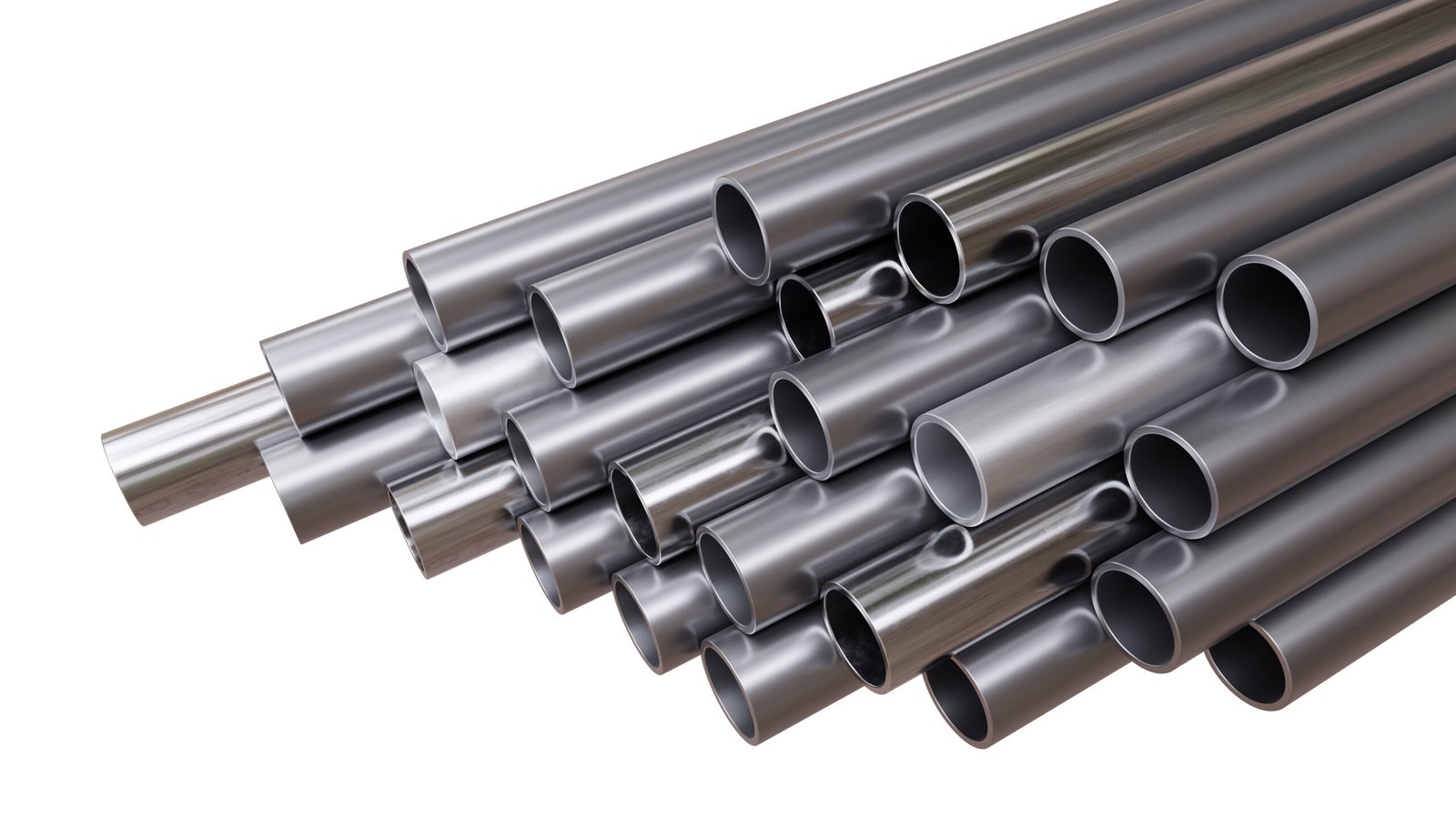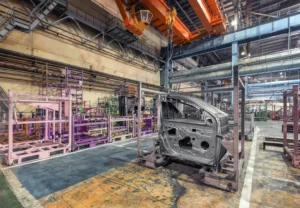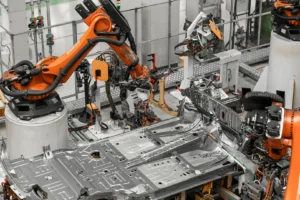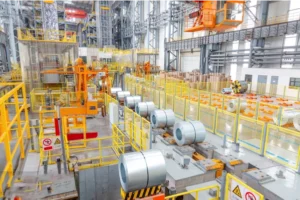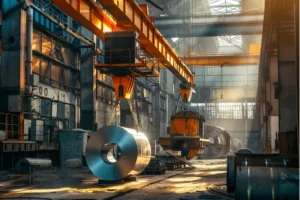Top 5 Stainless Steel Coil Suppliers: The Best Choice for Export
Struggling to find a stainless steel coil supplier who won't let you down? A wrong choice can lead to costly delays and quality issues, jeopardizing your projects and reputation.
The best stainless steel coil suppliers for export are strategic partners who consistently deliver high-quality products, competitive pricing, and reliable logistics. They differentiate themselves by integrating advanced technology for supply chain transparency and offering comprehensive service solutions, not just selling a commodity.
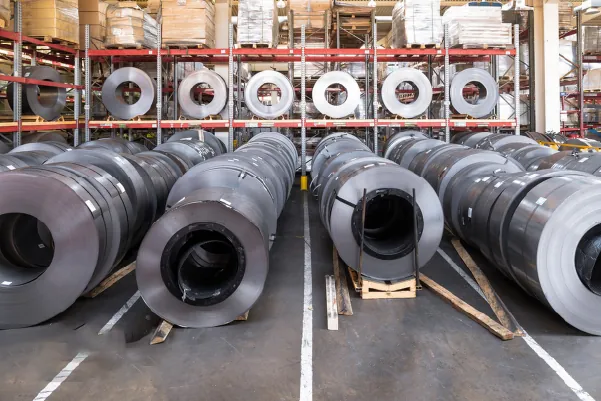
Choosing the right partner is one of the most critical decisions you'll make for your international business. It goes far beyond a simple price comparison. It's about finding a supplier whose capabilities align with your need for agility, reliability, and long-term competitive advantage. As the Global Business Director at MFY, I’ve navigated these waters for years, and I want to share the insights that will help you secure a supply chain you can count on. Let's dive into what truly separates the best from the rest.
What Defines the Global Stainless Steel Coil Market Today?
The global market feels vast and chaotic. Navigating intense competition and fluctuating demand is overwhelming. Let me help you understand the key forces shaping our industry right now.
The current global stainless steel coil market is defined by intense price competition, diverse regional demand, and a critical shift towards suppliers who offer integrated, technologically advanced, and sustainable supply chain solutions.
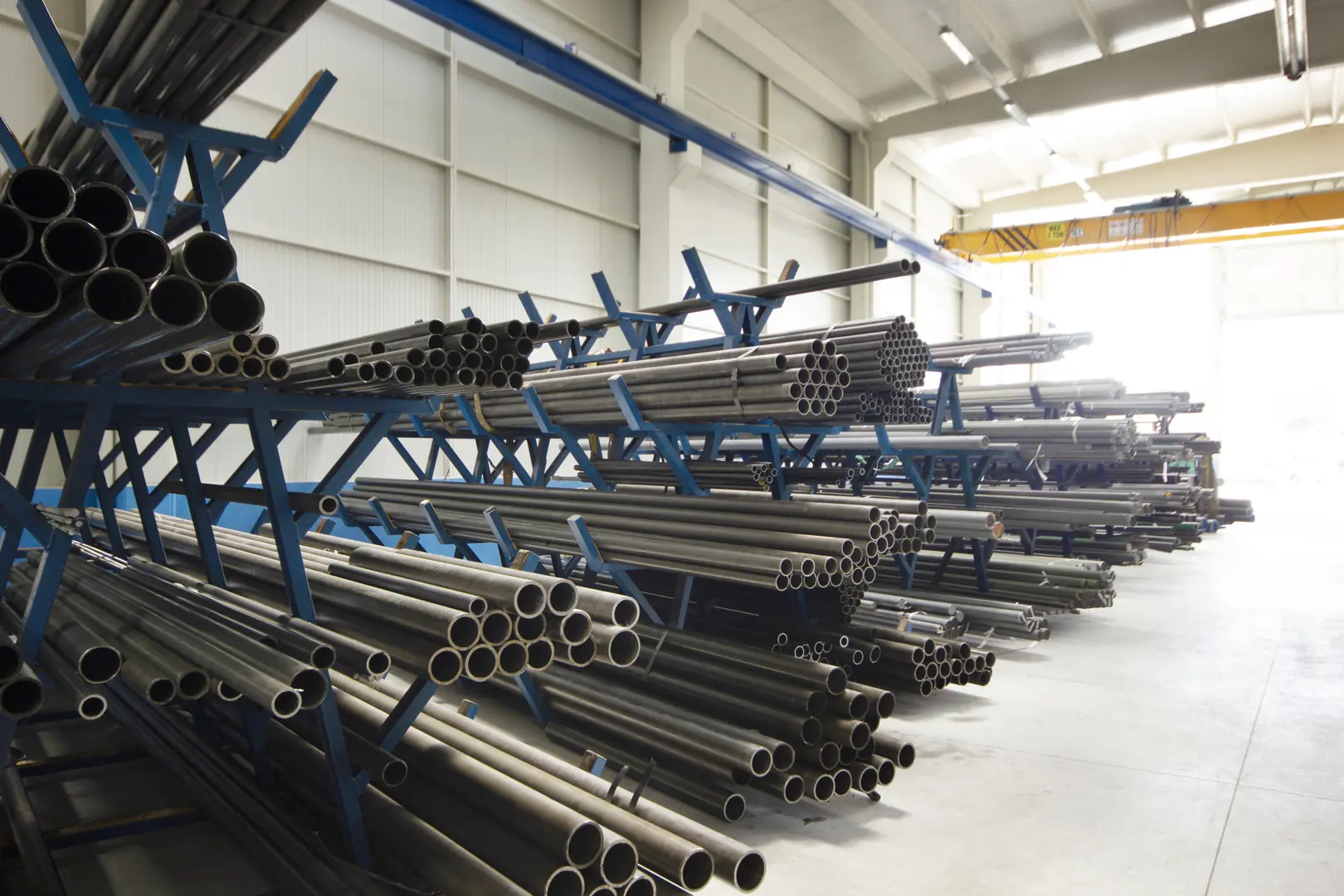
The landscape for stainless steel has evolved dramatically. It's no longer enough for a supplier to simply produce and ship. The market now rewards agility and intelligence. At MFY, we see this every day. Our clients in the construction sector in Southeast Asia have different needs and timelines than our automotive partners in Europe. A one-size-fits-all approach is a recipe for failure. The real value is created by suppliers who can understand and adapt to these varied demands. This is where a fully integrated supply chain becomes a game-changer. By controlling everything from raw material sourcing to final delivery, we can buffer against market volatility and provide the consistency our partners require.
Key Market Dynamics
The primary driver is the demand for reliability. Project managers and manufacturers cannot afford uncertainty. They need to know their materials will arrive on spec and on time. This has pushed leading suppliers to invest heavily in their operational backbone. Another key dynamic is the growing importance of sustainability. More and more, clients are asking about our environmental footprint and sourcing practices. This isn't just a trend; it's becoming a core requirement for doing business in many parts of the world.
| Market Driver | Impact on Supplier Selection |
|---|---|
| Global Price Competition | Focus on Total Cost of Ownership, not just per-ton price. |
| Varied Regional Demand | Need for suppliers with flexible production and deep logistical expertise. |
| Supply Chain Digitization | Preference for partners with real-time tracking and transparent systems. |
| Sustainability Push | Requirement for suppliers with clear, responsible sourcing and production. |
Who Are the Current Leading Suppliers in the Stainless Steel Coil Industry?
You see dozens of suppliers claiming to be leaders. How can you distinguish the true performers from those with just good marketing? Let's focus on the characteristics of a top-tier partner.
The true leading suppliers are not just the biggest names; they are strategic partners who excel in quality control, logistical precision, and customer service, often leveraging technology to deliver superior value.
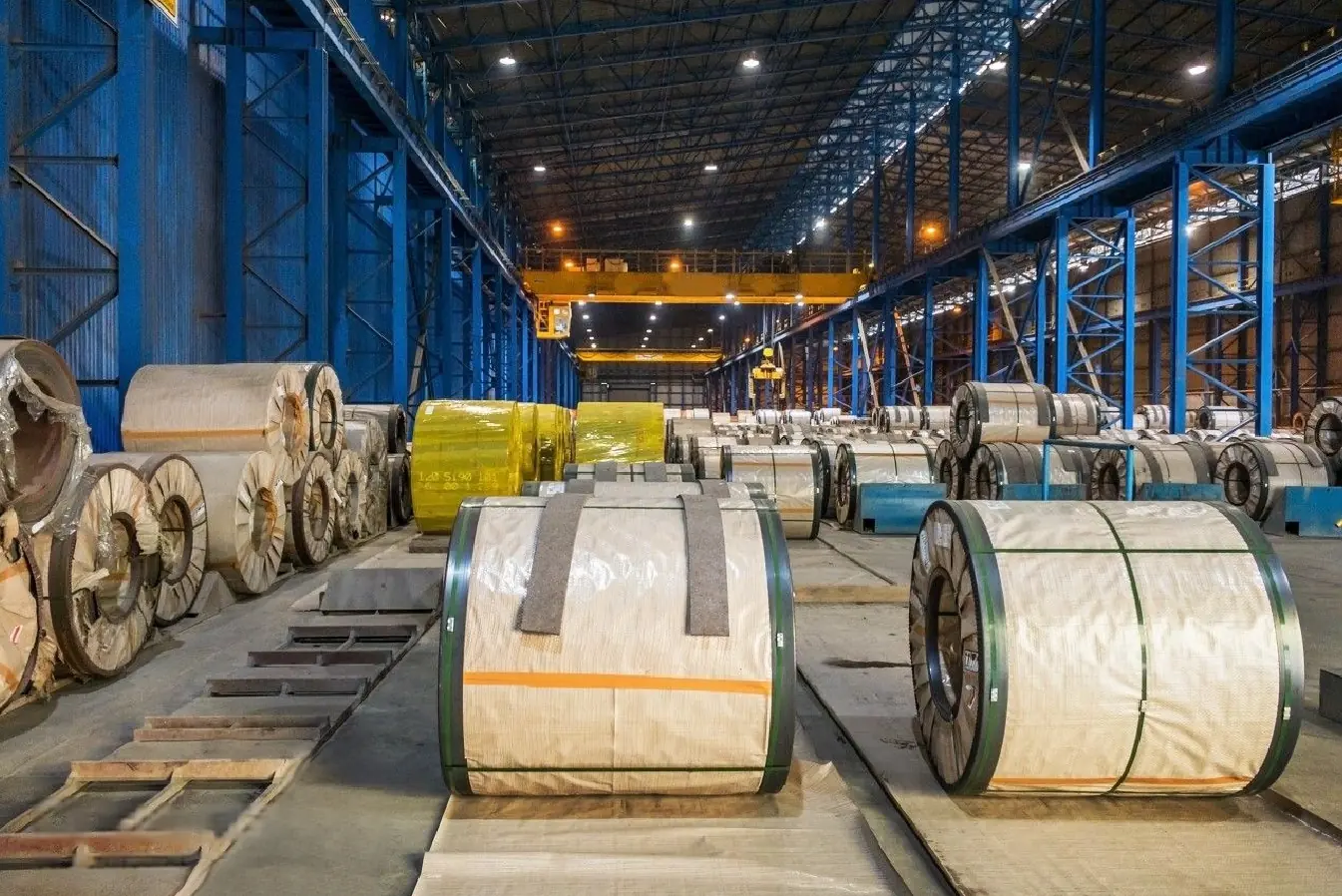
When we talk about the "Top 5" suppliers, it's more useful to think in terms of archetypes rather than a static list of company names. The best supplier for a small distributor in Africa might be different from the best for a multinational automotive manufacturer. The key is to identify the model that best fits your business needs. In my experience, the most resilient and valuable partners fall into a specific category: the vertically integrated service provider. These are companies, like MFY, that have moved beyond simply manufacturing a product. They manage the entire value chain, from the raw nickel and chromium to the final polished coil arriving at your port. This integration gives them unparalleled control over quality, cost, and delivery schedules, which directly translates into reliability for you, the client.
Archetypes of Top Suppliers
Understanding these models helps you look past the sales pitch and analyze a supplier's fundamental strengths. A niche specialist might be great for a unique alloy, but can they handle your high-volume 304 coil needs with the same efficiency as an integrated giant?
| Supplier Archetype | Key Strength | Best For | Potential Weakness |
|---|---|---|---|
| The Vertically Integrated Giant | End-to-end control, consistency, scale. | High-volume, standard-grade exports. | Less flexible for small, custom orders. |
| The Niche Specialist | Expertise in special alloys/finishes. | Projects requiring unique materials. | Limited capacity, higher price point. |
| The Regional Trading House | Strong local logistics and relationships. | Buyers focused on a single region. | Lack of direct production control. |
Ultimately, the strongest choice for most international businesses is the integrated model, as it offers the best balance of scale, quality assurance, and logistical capability.
What Challenges Do Exporters Face When Choosing a Supplier?
Selecting a new international supplier is fraught with risk. Hidden costs, communication gaps, and delivery failures can destroy your project's budget and timeline. Let's identify these pitfalls so you can avoid them.
Exporters commonly face challenges with inconsistent product quality, volatile pricing, unreliable delivery, and poor communication. A lack of transparency from a supplier is a major red flag that can hide these underlying issues.
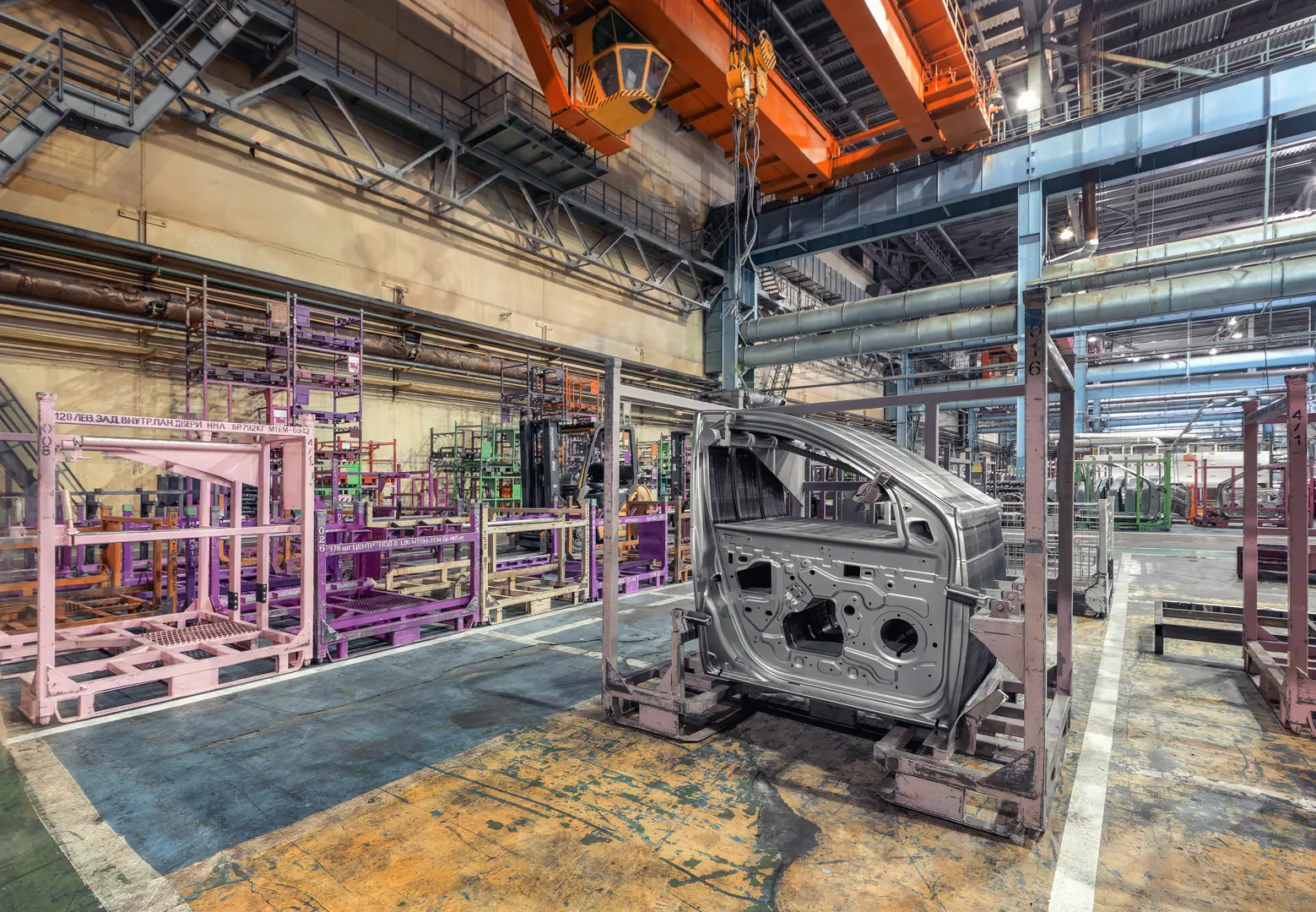
The number one challenge I hear about is reliability—or the lack thereof. I remember a client in India who switched to a new, cheaper supplier for a major construction project. The first shipment was perfect. The second, however, had coils with inconsistent thickness that caused their forming machines to jam, halting production for days. The initial savings were wiped out ten times over by the downtime. This is a classic "bait-and-switch" quality problem. Another major hurdle is the logistical black box. You place an order, the money is sent, and then... silence. You don't know if your material has been produced, is waiting at the port, or is stuck in customs. This lack of visibility is unacceptable in today's world and creates massive uncertainty for your operations.
Common Pitfalls and How to Mitigate Them
These problems are not unavoidable. They are symptoms of a weak supplier. A strong partner has systems in place to prevent them.
| Challenge | Mitigation Strategy |
|---|---|
| Inconsistent Quality | Request batch-specific Mill Test Certificates (MTCs). Verify supplier's ISO 9001 certification. |
| Unreliable Delivery | Partner with suppliers who offer real-time order tracking and have a dedicated logistics team. |
| Price Volatility | Discuss long-term pricing mechanisms or blanket orders to lock in costs. |
| Poor Communication | Establish a single point of contact and agree on a regular communication schedule. |
At MFY, we built our export service model specifically to solve these problems. We provide our partners with a digital dashboard to see their order status in real time, because we believe transparency is the foundation of trust.
What Strategies Can You Use to Select the Best Supplier?
You need a concrete plan for vetting potential partners. A simple Google search and a few emails won't cut it. Adopt a holistic strategy to find a partner for growth.
An effective selection strategy involves evaluating a supplier's technical capability, financial stability, logistical infrastructure, and, crucially, their technological integration. Look for a partner invested in your success.
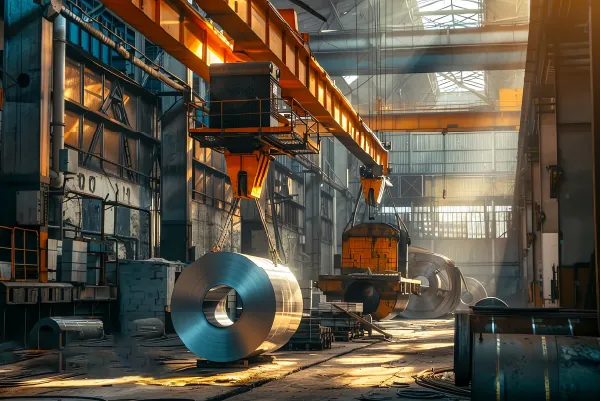
The best way to select a supplier is to think like an investor. You are investing your company's capital and reputation in this relationship. Your due diligence should reflect that. The first step is to look beyond the per-ton price. I always advise clients to calculate the Total Cost of Ownership (TCO)[^1]. This includes the unit price, but also shipping costs, insurance, import duties, and, most importantly, the cost of potential delays or quality failures. A slightly cheaper supplier can quickly become the most expensive option if their shipment is late or their material fails inspection. The second, and increasingly critical, step is what I call the "technology litmus test." In 2024, if a supplier cannot offer you a digital portal to track your order, or if they cannot explain their inventory management system, you should be concerned. It suggests their internal processes are outdated and likely inefficient.
The Modern Supplier Vetting Checklist
Use this framework to conduct a more thorough evaluation. A strong potential partner will be able to answer these questions confidently and provide evidence.
| Vetting Criteria | Key Question to Ask | What to Look For |
|---|---|---|
| Production Capability | "What is your monthly capacity for my required grade and size?" | Evidence of sufficient capacity to prevent bottlenecks. |
| Quality Control | "Can you walk me through your QC process, from raw material to dispatch?" | Multi-stage inspection, advanced testing equipment (e.g., spectrometers). |
| Logistical Expertise | "Describe a complex shipment you handled and how you managed it." | In-house logistics team, experience with your country's import rules. |
| Technological Integration | "How can I see the status of my order in real-time?" | A client portal, API integration capabilities, use of predictive analytics. |
How Are Technological Innovations Enhancing Supplier Capabilities?
The steel industry may seem traditional, but change is happening fast. Outdated operational methods are a liability in a fast-paced global market. Technology is the solution that separates leaders from laggards.
Technological innovations like real-time inventory management, predictive logistics, and digital quality assurance are revolutionizing the supplier landscape. These tools provide unprecedented transparency, efficiency, and reliability for exporters.
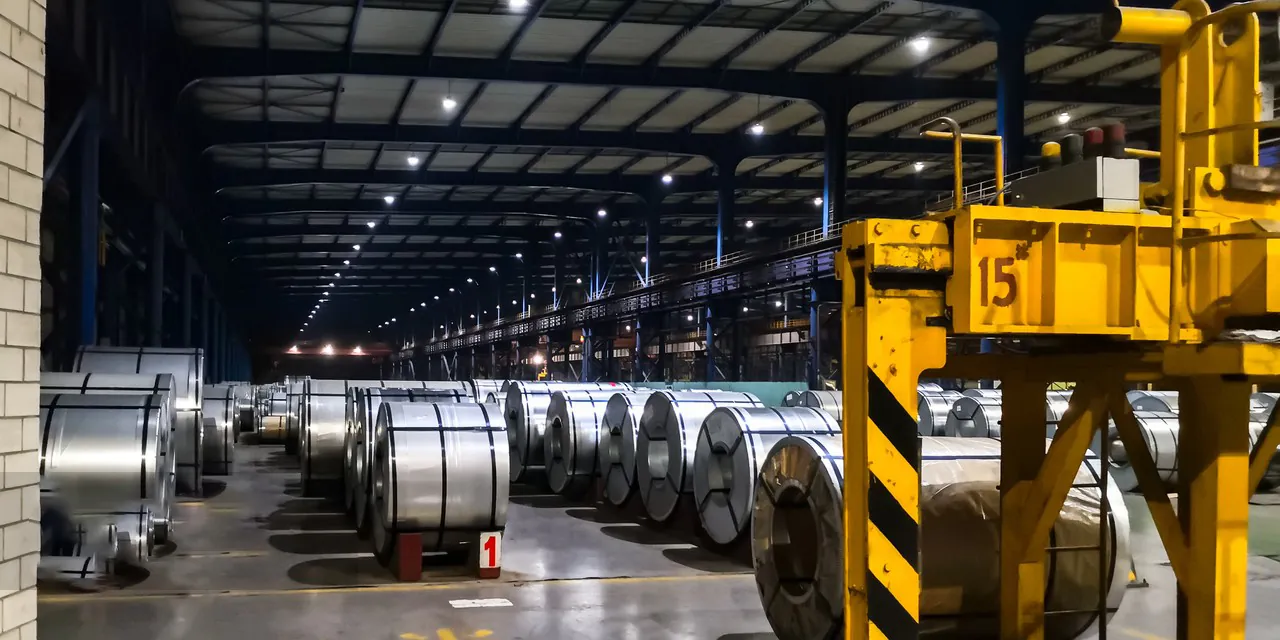
This is the area I'm most passionate about because it's where we can deliver the most value. Technology is turning the abstract promise of "reliability" into a tangible, measurable reality. For example, at MFY, we've invested in a smart supply chain system. It's not just about tracking a shipping container. Our system integrates production schedules with inventory levels and global shipping lane data. Using predictive analytics, it can flag a potential delay weeks in advance—perhaps due to a backlog at a port or a production run taking longer than expected. This allows us to proactively reroute a shipment or adjust production to keep our promise to the client. This is a world away from the old model of finding out about a delay only when your shipment doesn't arrive.
The Tangible Benefits of a Tech-Forward Supplier
This isn't technology for technology's sake. Each innovation directly addresses a core challenge faced by international buyers.
| Technology | Benefit for the Exporter |
|---|---|
| Real-Time Inventory Systems | Confidence that the material you order is actually available. |
| AI-Powered Predictive Logistics | Proactive communication about potential delays; more accurate delivery dates. |
| Digital MTCs & QA Platforms | Instant access to quality documentation, ensuring compliance and traceability. |
| Integrated Client Portals | 24/7 visibility into your order status, from production to final delivery. |
Furthermore, this technology drives sustainability. By optimizing logistics, we reduce fuel consumption. By improving production accuracy, we minimize waste. Partnering with a technologically advanced supplier is not just good for your bottom line; it's a step towards a more responsible supply chain.
Conclusion
Choosing the right stainless steel coil supplier is a strategic decision, not a procurement task. The best partners today are those who blend manufacturing excellence with technological intelligence and a deep commitment to service, providing the reliability and transparency essential for success in the global marketplace.
Have Questions or Need More Information?
Get in touch with us for personalized assistance and expert advice.
